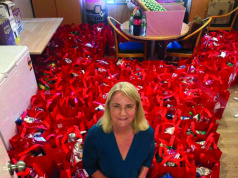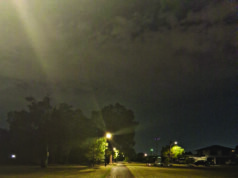
A group of Clontarf Foundation students have had an insight into career opportunities in the water industry during a recent visit to two of Perth’s most important drinking water dams in the local area.
The 17 Year 11 and 12 students gathered at Water Corporation’s Kelmscott depot before touring Churchman Brook and Canning Dams, near Armadale, on Tuesday to learn how Perth’s drinking water is sourced, treated and protected.
Hosted by Water Corporation’s Treatment and Resource Recovery and Aboriginal Employment and Development teams, the visit was part of a long-running partnership between the corporation and Clontarf Foundation.
Since 2008, 39 former Clontarf students have joined Water Corporation through its apprenticeship, traineeship or graduate programs.
“Connection to Country is important to all Aboriginal people, and by partnering with Clontarf Foundation, we’re able to support a strong cultural connection among our Aboriginal employees,” team leader Hector O’Loughlin said.
“One of great things about being such a large organisation is the diverse opportunities on offer, and hopefully students who took part in this tour now have a better idea of what a career in the water industry entails.

“We’re incredibly proud of our partnership with the Clontarf Foundation, which has now seen 39 Aboriginal students join Water Corporation, helping grow our culturally diverse and inclusive workforce.”
Clontarf Foundation provides mentoring through local schools to improve education, life skills, self-esteem and employment prospects for young Aboriginal and Torres Strait Islander men.
The Foundation’s general manager employment Marcus Harrold said students came away from the visit with a better understanding of employment pathways available at Water Corporation.
“I think the group came away from the visit quite enthusiastic about their options for the future, and with a greater appreciation for how we source and supply drinking water,” he said.













